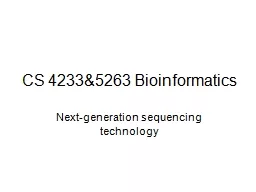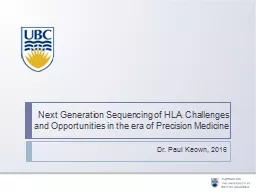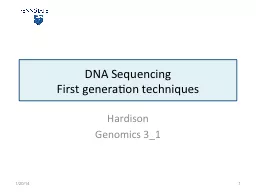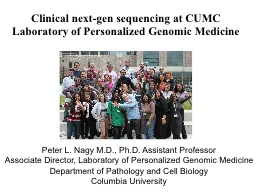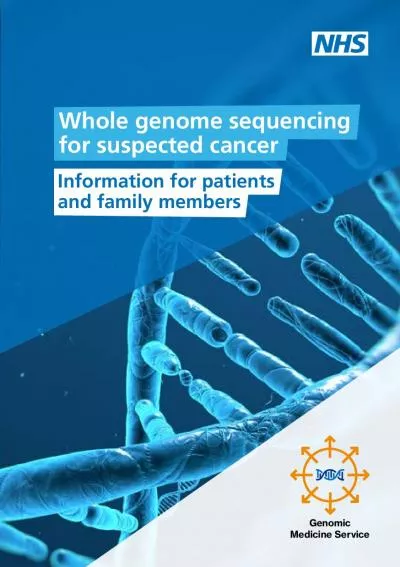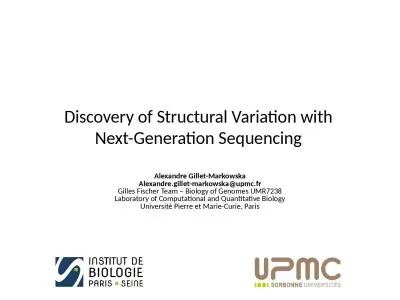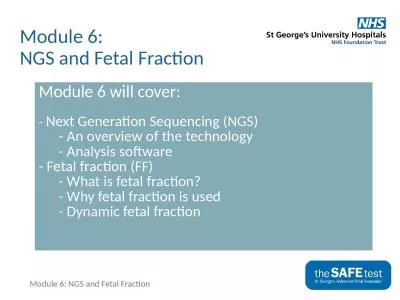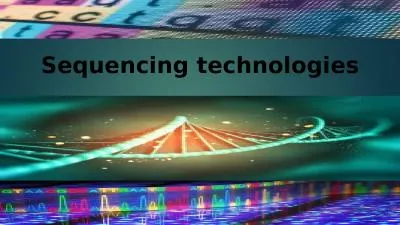PPT-Cancer Next Generation Sequencing
Author : williams | Published Date : 2022-07-26
Clinical Implementation in CLIACAP facility Shashikant Kulkarni MS Medicine PhD FACMG Associate Professor of Pediatrics Genetics Pathology and Immunology Medical
Presentation Embed Code
Download Presentation
Download Presentation The PPT/PDF document "Cancer Next Generation Sequencing" is the property of its rightful owner. Permission is granted to download and print the materials on this website for personal, non-commercial use only, and to display it on your personal computer provided you do not modify the materials and that you retain all copyright notices contained in the materials. By downloading content from our website, you accept the terms of this agreement.
Cancer Next Generation Sequencing: Transcript
Download Rules Of Document
"Cancer Next Generation Sequencing"The content belongs to its owner. You may download and print it for personal use, without modification, and keep all copyright notices. By downloading, you agree to these terms.
Related Documents

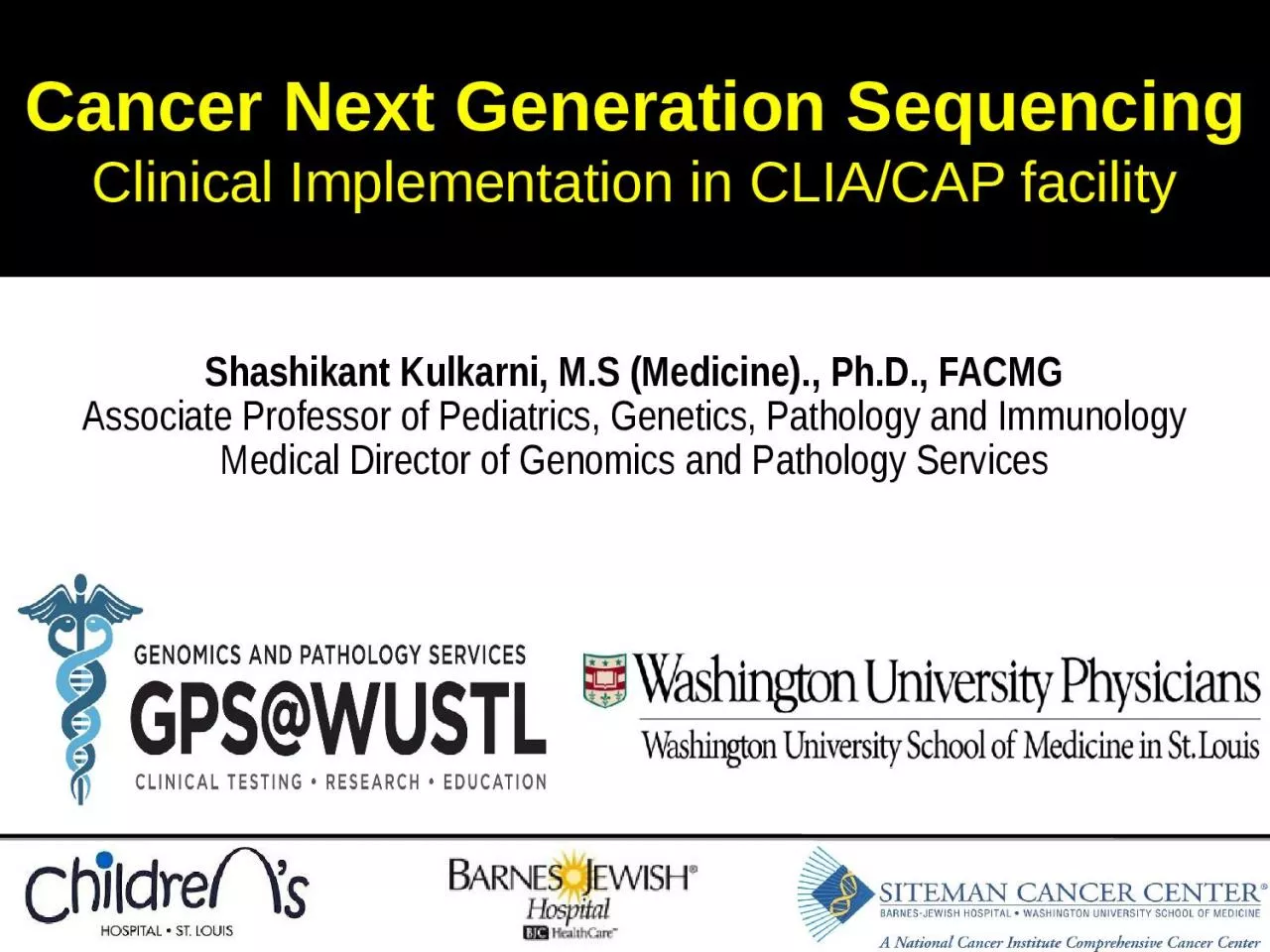
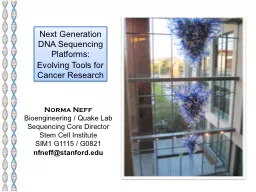
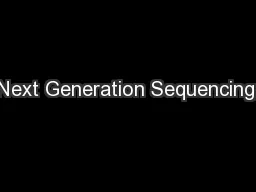
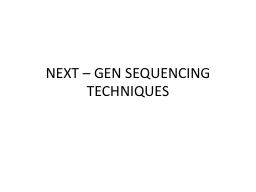
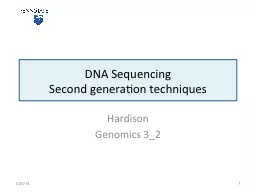
![NGS: Next-Generation [high throughput] Sequencing I: Background](https://thumbs.docslides.com/702160/ngs-next-generation-high-throughput-sequencing-i-background.jpg)
